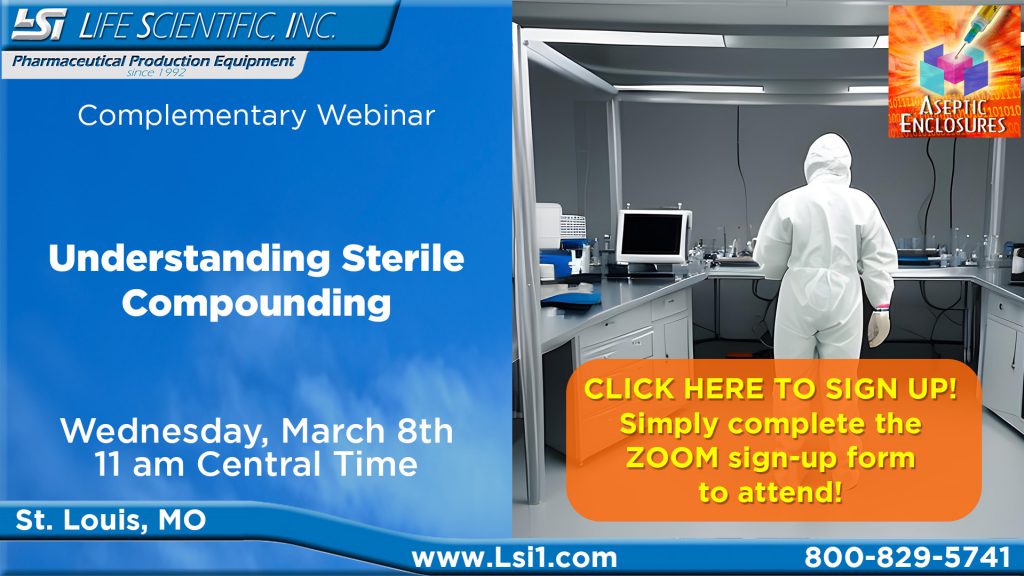Basic cleanroom protocol programs are based on the Institute of Environmental Science and Technology (IEST) recommended practices for contamination control and the ISO 14644 series of international standards for cleanrooms and associated controlled environments. The focus of any protocol program is to protect the integrity of the cleanroom and the products and processes in the cleanroom from the people working in the cleanroom. Whereas contamination may be due to the product, processes, or equipment in the cleanroom, the people working in the cleanroom exercise the greatest control over the cause of and elimination of contamination. Therefore, all protocol programs address the functionality of the cleanroom, the behavior of the people working in the cleanroom, and the cleaning and maintenance of the cleanroom.
The basic components of a balanced cleanroom protocol program are:
- The facility design and cleanroom floor-plan
- Cleanroom gowning requirements and procedures
- Personnel behavior within the cleanroom environment
- Cleanroom supplies – correct types and usage
- Cleanroom housekeeping
- Continuous improvement and assessments (audits and trending test results)
FACILITY DESIGN
Initially, one must understand the design, layout, and certification of the cleanroom. IEST-RP-CC012.2, “Considerations in Cleanroom Design” is an excellent document to reference for understanding the design and functions of various components in cleanrooms (i.e., airflow, room pressures, and particle management, etc.). Appendix B, “Sample cleanroom construction protocol” provides protocol guidance to cleanroom construction employees during the four levels of cleanroom construction. This IEST recommended practice supports ISO 14644-4, “Clean-rooms and associated controlled environments – Part 4: Design.” Since 1999, cleanrooms have been certified to ISO 14644-1, “Cleanrooms and associated controlled environments – Part 1: Classification of air cleanliness” andISO 14644-2, “Cleanrooms and associated controlled environments – Part2: Specifications for testing and monitoring to prove compliance with ISO 14644-1.
CLEANROOM GOWNING PROCEDURES
After the cleanroom has passed certification, cleanroom personnel must don the cleanroom apparel applicable to the classification of the cleanroom. IEST-RP-CC003.3 contains a chart of recommended gowning configurations and frequency of change of garments based on the Air Cleanliness Classes of ISO 14644-1. Many clean-room operations require the cleanroom personnel to change from street clothes to 100% polyester building suits or tech suits to reduce the amount of particle contamination in the cleanroom environment. The garment system selected must meet the specifications for the clean-room applications. Facility requirements for changing areas, lockers, in-use garment storage, soiled garment storage, garment inventory storage, and internal inventory transit must be defined. Additionally, cleanroom garment laundering and other garment management services must be defined and subcontracted.
Gowning procedures begin at home with daily bathing or showering, shaving, brushing of teeth and hair, and application of non-silicone-containing skin moisturizers to reduce skin flakes. All make-up, hair gels, hair sprays, perfumes, aromatic after-shave lotions, or body lotions are not cleanroom compatible and therefore unacceptable to wear to work. At work, all employees must wash their hands before entering the cleanroom and after eating and/or using the toilet. Cleanroom compatible hand cream may be applied prior to gowning.


